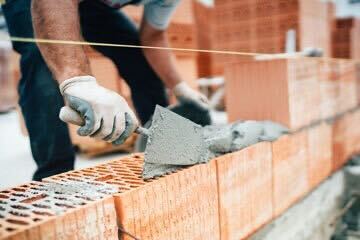"It can be confusing to know who's responsible for building insurance in a leasehold property. This is particularly the case in flats where a management company often pays and arranges it for a whole block. Buying buildings insurance for a single flat in a block doesn't cover you for any damage that happens to the building. Instead, the whole block must be covered with one policy.
Always check the terms of your lease, and speak to your management company to find out what is covered."







